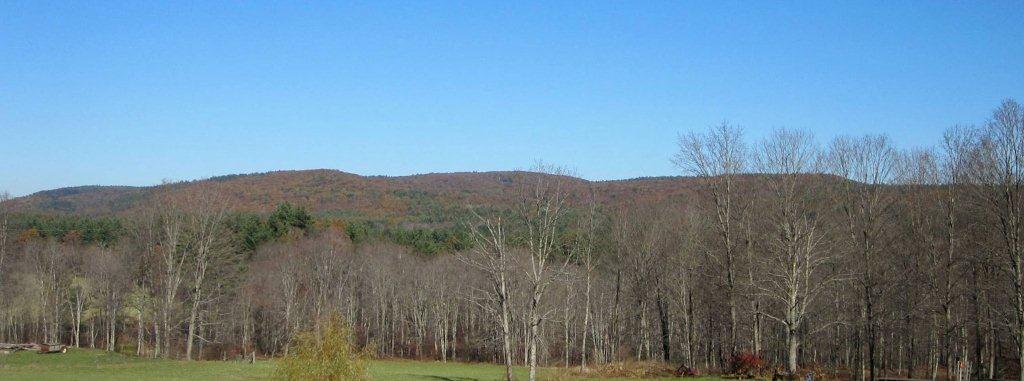More Working Forest Easements
By: Amos S. Eno
Posted on:03/01/2012 Updated:03/02/2012Northeastern companies are setting the pace for practicing responsible long-term forestry, guaranteed for generations to come
This is the second post coming from my speech to the Allegheny Society of American Foresters, which serves the states of PA, WV, NJ, MD and DE.
On December 23, 2011 W. D. Cowls Inc., a forest company, successfully placed a conservation easement on 3,486 acres of working forest in the towns of Leverett and Shutesbury, Massachusett. This historic 5.4 square mile conservation project encompasses almost all of Brushy Mountain.
State's Largest Landowner Protects its Legacy
W. D. Cowls is Massachusetts’ largest landowner. The Brushy Mountain project received $5 million in Forest Legacy funds. Cinda Jones, who worked for me at the National Fish and Wildlife Foundation and is the ninth-generation co-owner and president of W. D. Cowls, announced, “We’re obviously in it for the long run, and this conservation achievement demonstrates how commercial forest management can complement open space conservation and recreation. My Dad, who died  in the past year, was really proud that we were making this happen, and I’m proud that we are naming the conserved forest after him.”
in the past year, was really proud that we were making this happen, and I’m proud that we are naming the conserved forest after him.”
Like Roseburg in California, W. D. Cowls sold the development rights, but kept a working forest in business. This is the Pinchot standard: protecting large forested areas that can remain working - and all within two towns in one of our most populous states!
Picturesque Vermont Embraces Woody Biofuels
In nearby Vermont, the second least populated state where the vast majority of land is forested, privately owned, and sustains a vibrant timber industry, a recent December 2011 PERC (Property and Environmental Research Center) report by Steven Bick finds:
“Vermont has taken the lead in using residual material created during forest management (woody biomass) to heat schools and commercial buildings. Vermont is now home to nearly half of the facilities in the United States using woody biomass for heat. National Life Group Insurance Company in Montpelier has the largest commercial building in the state. It switched to woody biomass heating in 2010, hoping to meet 90 percent of its heating needs with wood. Today, National Life Group is exceeding this goal—at times, meeting 98 percent of its heating needs. In its first season, the company reportedly saved $400,000 in fuel costs. Vermont schools paid an average price of $56.42 per ton for wood chips in 2011. Comparing this price on a BTU basis to the going rates in 2011 for fuel oil, electricity and propane reveals that wood chips cost 62, 76, and 80% less.”
Lathrop Forest Products in Middlebury, VT is one of the companies meeting the supply challenge and is currently supplying ten schools with woody biomass.
Bennington College added a new wood boiler system in 2008. This goes to the heart of Pinchot’s second principle of conservation: “conservation stands for the preservation of waste.”
Waste not, want not. I’ll take biomass over our oil fuel any day in New England winters!
 Sign In
Sign In
 Sign In
Sign In
